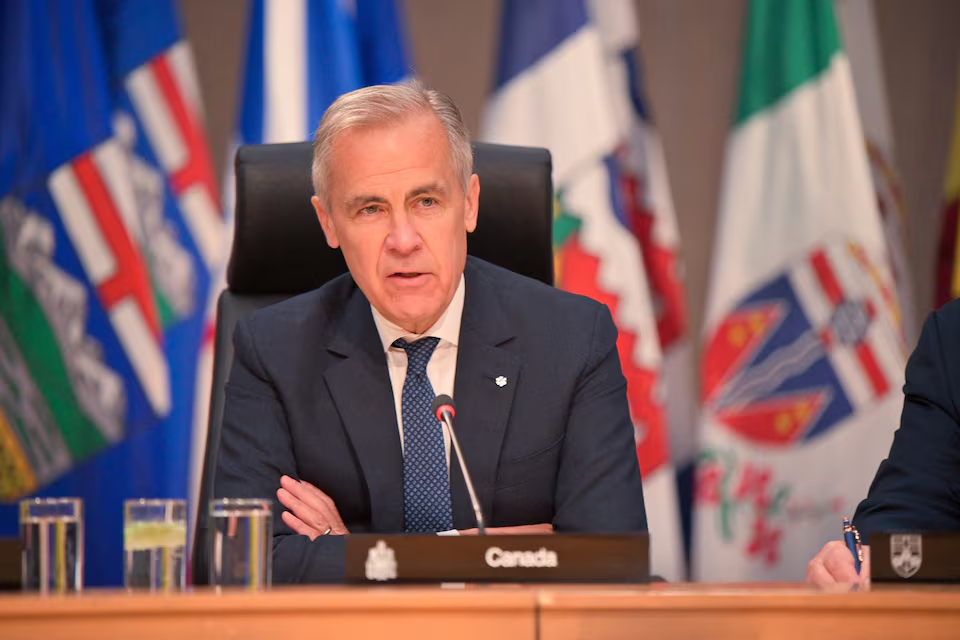Canadian Prime Minister Mark Carney announced a major policy initiative on June 2 to accelerate the approval and completion of large-scale infrastructure and natural resource projects, aiming to reduce Canada’s economic dependence on the United States. The plan is part of a broader strategy to enhance national self-sufficiency, boost competitiveness, and revitalize key sectors of the Canadian economy.
Speaking at a policy forum in Ottawa, Carney laid out a vision for a streamlined regulatory framework designed to eliminate bureaucratic delays that have plagued energy, mining, and transportation projects. “Canada must be the master of its own economic destiny,” Carney declared. “We need to remove the red tape that has held back progress and seize opportunities to build, invest, and grow.”
The government’s plan includes new legislation to set maximum review timelines, enhance coordination between federal and provincial authorities, and simplify environmental assessments without compromising climate goals. The effort is particularly focused on expediting clean energy infrastructure, such as hydroelectric power, wind farms, and electric vehicle supply chains.
Carney’s push comes amid growing concerns that Canada’s reliance on U.S. markets and supply chains has left it vulnerable to economic shocks and geopolitical shifts. Over 70% of Canadian exports currently go to the United States, and many Canadian firms depend on U.S.-based approvals and cross-border logistics.
“We are not abandoning our relationship with the United States,” Carney clarified. “But we must ensure that our economic future does not rest on any single foreign partner.”
The announcement drew mixed reactions from provincial leaders and industry groups. Alberta Premier Danielle Smith welcomed the initiative, saying it could revitalize stalled oil and gas projects. Quebec’s Premier, François Legault, cautiously supported the plan but emphasized that environmental protections must not be weakened.
Business leaders largely praised the proposal. The Canadian Chamber of Commerce called it “a long-overdue step toward unleashing Canada’s full economic potential.” Energy and mining sector executives, in particular, have complained for years about the regulatory gridlock that delays major investments.
However, environmental groups voiced concern that the reforms could sideline public consultation and weaken Canada’s commitments to climate and Indigenous rights. “Fast-tracking projects without full community engagement is a recipe for conflict and environmental degradation,” said Tzeporah Berman of Stand.earth.
In response, Carney pledged that Indigenous communities would be at the center of all project discussions and that climate benchmarks would remain part of any review process. “This is about being fast and fair,” he said.
The plan also includes measures to expand access to global markets, including new trade corridors to Asia and Europe through upgraded ports and railways. Canada is expected to invest heavily in key infrastructure nodes such as the Port of Vancouver, the Churchill rail corridor, and eastern port facilities in Nova Scotia.
Carney’s policy agenda is seen as a central component of his economic strategy heading into the next federal election. A former Bank of Canada and Bank of England governor, Carney has emphasized long-term growth, fiscal stability, and innovation as key priorities during his tenure.
Political analysts suggest the initiative could help Carney solidify support among business leaders and provincial premiers while addressing public frustration over Canada’s sluggish infrastructure development. However, its success will likely depend on balancing speed with accountability in the implementation phase.
The proposed legislation is expected to be tabled in Parliament later this summer, with the first set of reforms taking effect in early 2026. As Canada navigates a complex global economic landscape, Carney’s push for economic autonomy and efficient development marks a decisive shift in national policy.
Source; Reuters



